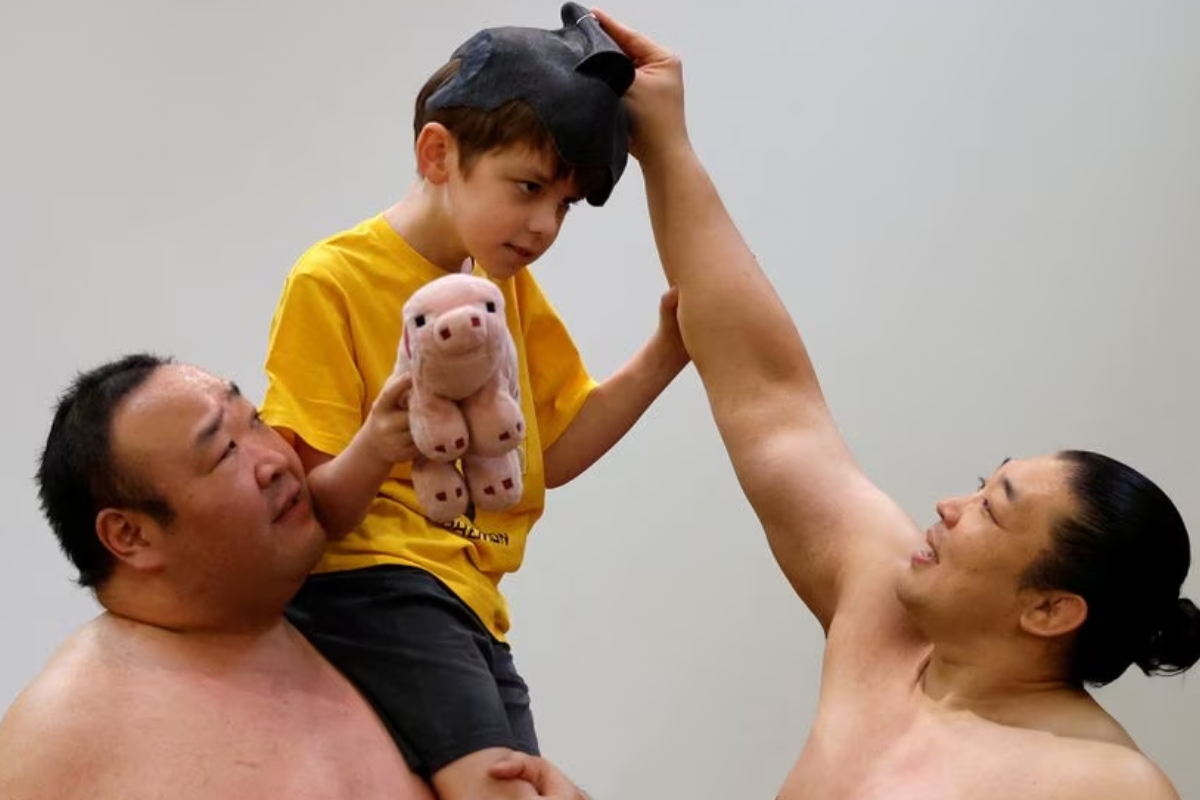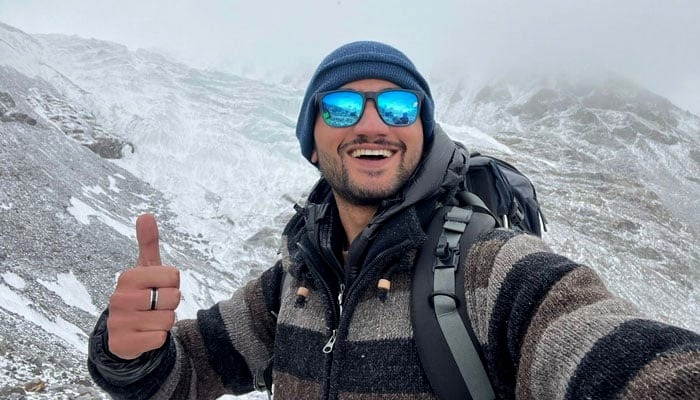- Retired sumo wrestlers are now performing for foreign tourists in Tokyo.
- The shows offer a unique glimpse into Japanese culture and the sport of sumo.
- The wrestlers are passionate about sharing their love of sumo with other
Ohtori fought for victories throughout his two-decade sumo career to advance in the sport of Japan, but today he is competing to amuse a different audience: curious tourists.
He is one of six former wrestlers doing sumo shows for foreign tourists, who are flooding back to Japan following a two-year Covid-19 ban as the weakened yen makes such travel more affordable than it has been in decades.
“I want foreigners and Japanese people alike to have a greater understanding of sumo,” said Ohtori, 40, whose full ring name, Koto-ohtori, means “harp phoenix.”
“My older brothers were always pretty rough,” he said of his pro days, which he began at 15. “It’s more fun now, of course, because I can interact with everyone.”
A month after Japan resumed visa-free travel, his performance space, Yokozuna Tonkatsu Dosukoi Tanaka, opened in the heart of Tokyo in November 2022. A sumo ring and 14 tables are located beneath its vaulted canopy, where customers pay 11,000 yen ($76) to eat breaded pork cutlets before watching—and even participating in—the action.
Yasuhiro Tanaka, a different former sumo wrestler, founded the restaurant after launching a business to give retired wrestlers a second career as performers in commercials and films. He stated that he is looking to bring on more wrestlers for evening shows.
On a recent afternoon, the English-speaking emcee referred to Ohtori’s larger opponent, Towanoyama, as “Jumbo” for the benefit of the audience that was entirely foreign.
On a recent afternoon, the English-speaking emcee referred to Ohtori’s larger opponent, Towanoyama, as “Jumbo” for the benefit of the audience that was entirely foreign.
On a Covid-delayed vacation for his daughter’s quinceanera celebration, Jose Aguillar, a quality-control manager from Monterrey, Mexico, enjoyed ringside tickets with his family. He expressed excitement about seeing something “iconic from Japan” in his remarks.
Aguillar was first in line when it was time to put on a soiled sumo outfit and fight Jumbo in the ring.
“At the beginning, I said, ‘Oh, why did I choose to be the first one? I (should) wait for others,” Aguillar, 46, said after pushing a compliant Jumbo out of the ring. “But no, it was really, really amazing.”
The prime minister, Fumio Kishida, expects that a tourism ecosystem can boost the economy of the country by 5 trillion yen annually. After the Netflix miniseries “Sanctuary” about the sport became popular in May, sumo is also experiencing a rebirth.
Although the lunchtime shows are hilarious, the physical toll of sumo, which attracts teenagers and leaves many wrestlers with few job opportunities when they retire in their 30s, is evident in the surgery scars on Ohtori and Jumbo.
“As sumo wrestlers, we couldn’t really play around at all,” said Tanaka, 47, who admitted he wasn’t a particularly strong competitor. “So now I want everyone to be able to earn a salary and live a happy, enjoyable life.”
[embedpost slug = “/japans-famous-sumo-yokozuna-wrestler-contracts-covid-19/”]





















